Denis Sumin
OS2D: One-Stage One-Shot Object Detection by Matching Anchor Features
Mar 15, 2020

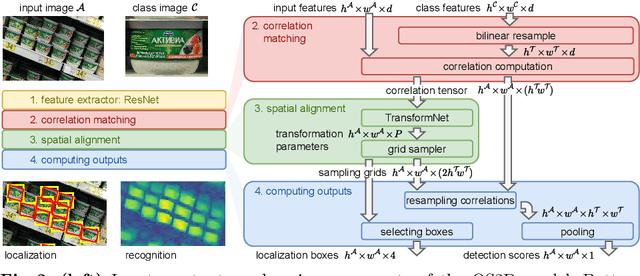
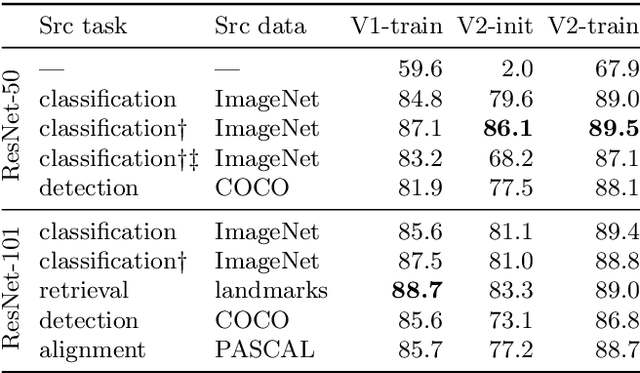
Abstract:In this paper, we consider the task of one-shot object detection, which consists in detecting objects defined by a single demonstration. Differently from the standard object detection, the classes of objects used for training and testing do not overlap. We build the one-stage system that performs localization and recognition jointly. We use dense correlation matching of learned local features to find correspondences, a feed-forward geometric transformation model to align features and bilinear resampling of the correlation tensor to compute the detection score of the aligned features. All the components are differentiable, which allows end-to-end training. Experimental evaluation on several challenging domains (retail products, 3D objects, buildings and logos) shows that our method can detect unseen classes (e.g., toothpaste when trained on groceries) and outperforms several baselines by a significant margin. Our code is available online: https://github.com/aosokin/os2d .
Towards a quality metric for dense light fields
Apr 25, 2017
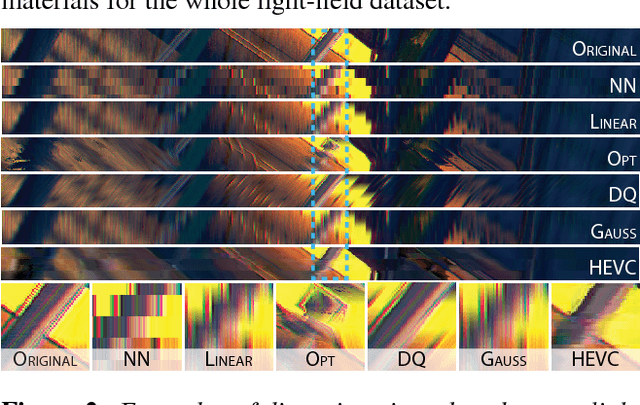
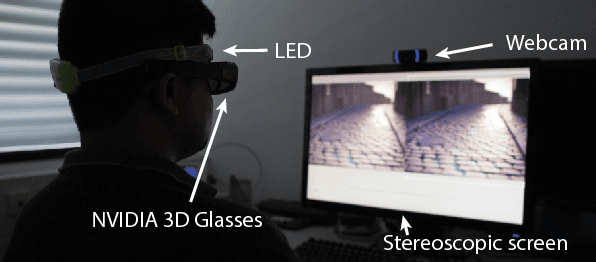
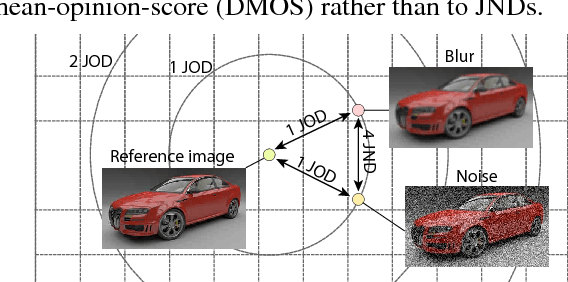
Abstract:Light fields become a popular representation of three dimensional scenes, and there is interest in their processing, resampling, and compression. As those operations often result in loss of quality, there is a need to quantify it. In this work, we collect a new dataset of dense reference and distorted light fields as well as the corresponding quality scores which are scaled in perceptual units. The scores were acquired in a subjective experiment using an interactive light-field viewing setup. The dataset contains typical artifacts that occur in light-field processing chain due to light-field reconstruction, multi-view compression, and limitations of automultiscopic displays. We test a number of existing objective quality metrics to determine how well they can predict the quality of light fields. We find that the existing image quality metrics provide good measures of light-field quality, but require dense reference light- fields for optimal performance. For more complex tasks of comparing two distorted light fields, their performance drops significantly, which reveals the need for new, light-field-specific metrics.
 Add to Chrome
Add to Chrome Add to Firefox
Add to Firefox Add to Edge
Add to Edge